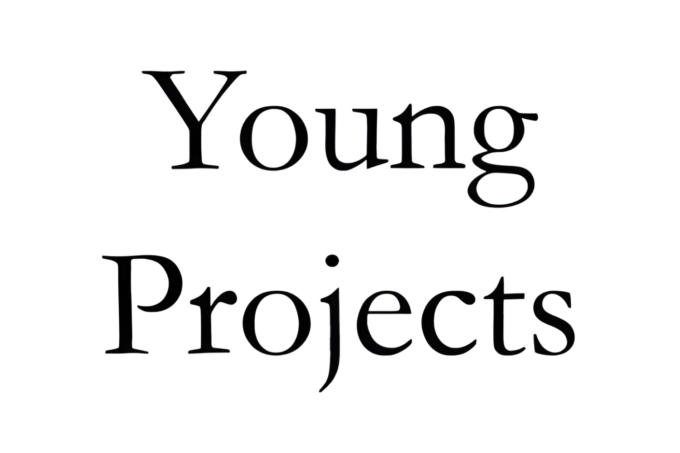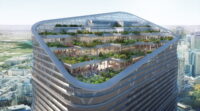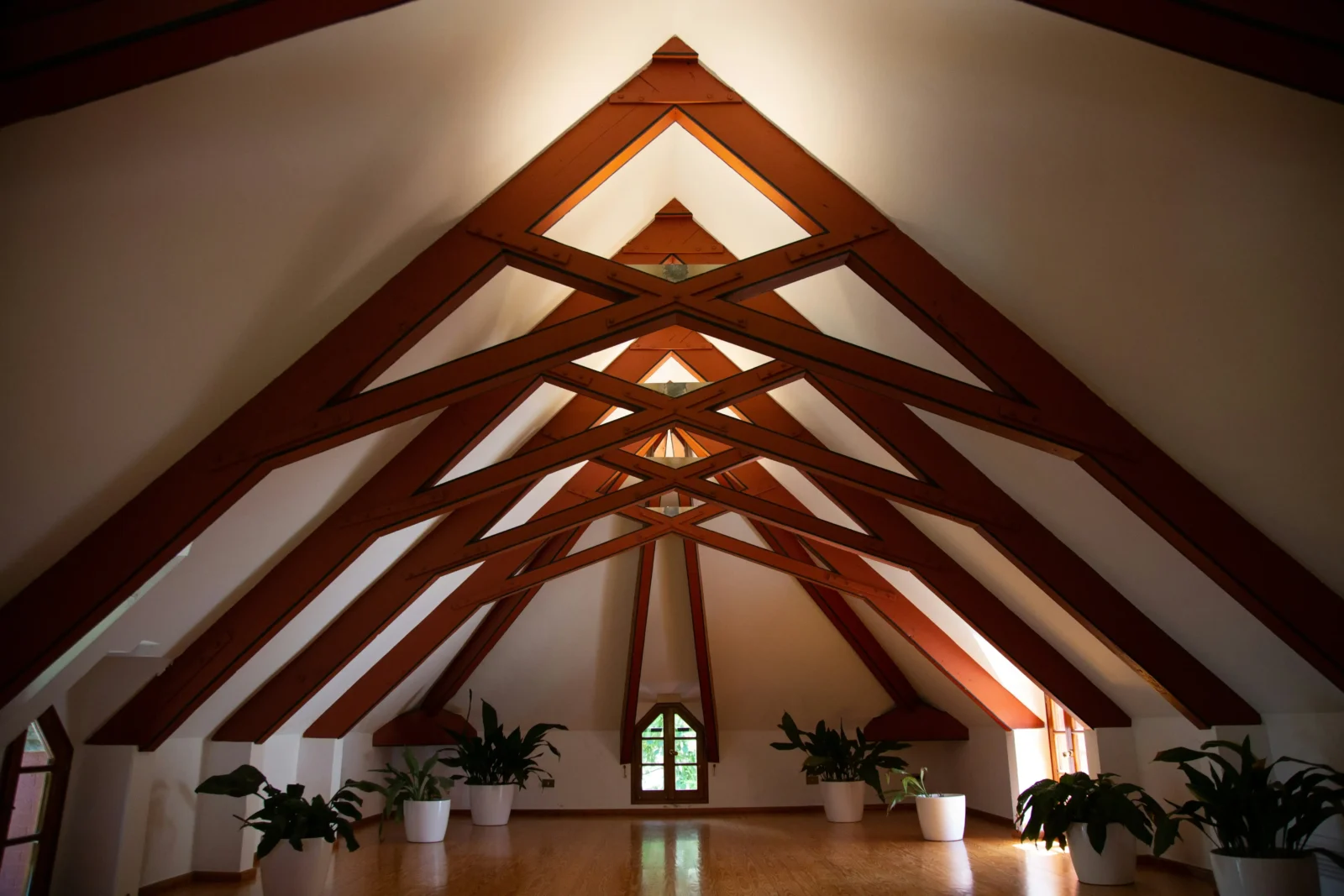- Home
- Articles
- Architectural Portfolio
- Architectral Presentation
- Inspirational Stories
- Architecture News
- Visualization
- BIM Industry
- Facade Design
- Parametric Design
- Career
- Landscape Architecture
- Construction
- Artificial Intelligence
- Sketching
- Design Softwares
- Diagrams
- Writing
- Architectural Tips
- Sustainability
- Courses
- Concept
- Technology
- History & Heritage
- Future of Architecture
- Guides & How-To
- Art & Culture
- Projects
- Interior Design
- Competitions
- Jobs
- Store
- Tools
- More
- Home
- Articles
- Architectural Portfolio
- Architectral Presentation
- Inspirational Stories
- Architecture News
- Visualization
- BIM Industry
- Facade Design
- Parametric Design
- Career
- Landscape Architecture
- Construction
- Artificial Intelligence
- Sketching
- Design Softwares
- Diagrams
- Writing
- Architectural Tips
- Sustainability
- Courses
- Concept
- Technology
- History & Heritage
- Future of Architecture
- Guides & How-To
- Art & Culture
- Projects
- Interior Design
- Competitions
- Jobs
- Store
- Tools
- More
Innovative Revamp: Harnessing the Potential of Old Buildings for New Purposes
Discover the intricate process of transforming old buildings for modern use in our latest article. Learn about the role of structural assessments, the benefits of sustainable technology, and the importance of collaboration in successful renovations. Join us as we delve into the significance of preserving history through repurposing architecture.

As you know that we’re living in a time where sustainability is more than just a buzzword. It’s become a way of life for many and it’s influencing the way we approach architecture. Breathing new life into old buildings isn’t just about preserving our past. It’s about creating a sustainable future.
Repurposing old buildings for new uses not only reduces waste, but also harnesses the unique charm and history that these structures possess. From warehouses turned into chic lofts to historical mansions transformed into boutique hotels, we’re seeing a surge in innovative remodels that honor the past while embracing modern living.
This trend of reimagining old spaces for new purposes is not only practical, but also adds a layer of depth and character that new constructions often lack. It’s a fascinating journey of transformation that we’re excited to delve into. Stay tuned as we explore the hows and whys of this architectural revolution.

Table of Contents
ToggleImportance of Repurposing Old Buildings
Vanishing into oblivion, many old buildings display a unique architectural intrigue that tells a story of their past. Repurposing these neglected structures is not just about resuscitating their timeless charm but it’s a powerful illustration of the adaptive reuse principle in action.
What’s so captivating about this principle, you may ask? Let’s delve into it!
Adaptive reuse is an environmental initiative that focuses on minimizing construction waste while breathing new life into old buildings. By giving these structures a renewed purpose, we’re not only preserving their historical value but also enabling sustainability in architecture. In a world where “throwaway culture” often takes precedence, this architectural trend promotes a reduce, reuse, recycle mindset.
According to the Environmental Protection Agency (EPA), the construction industry is responsible for approximately 600 million tons of waste annually. By repurposing old buildings, we’re actively helping to reduce this staggering number.
| Substance | Tons |
|---|---|
| Concrete | 67.5 |
| Wood | 16.5 |
| Asphalt roofing | 11.0 |
| Gypsum | 8.0 |
Old structures also carry an irreplaceable spirit, engrained with artistic value and town history. These stories cannot be found in new developments. An identity being kept alive while transformed into a contemporary living or working environment allows for a connection of past and future.
Reviving these buildings entails maintaining their original aesthetic while ensuring they meet modern standards. It’s a delicate balance between preservation and innovation – a dance that architects revel in.
Also, from an economic perspective, renovating old buildings often requires fewer resources and therefore can be cost-effective, acting as a stimulus for local economies. The potential positives of repurposing old buildings are already noteworthy, and further exploration of this trend promises even more benefits.
Moving forward, we’ll probe into diverse examples of successful repurposing endeavors around the world, demonstrating the versatility and potential of this exciting architectural trend. Providing a new heart to these blank canvases with an existing soul is nothing short of an architectural revolution, indeed.

Challenges of Transforming Old Buildings
While it’s clear that repurposing old buildings indeed has numerous advantages, it’s important to acknowledge the challenges this architectural endeavor brings. Every old building comes with its set of complications that need careful attention. From structural issues to zoning and permitting, architects face a myriad of hurdles when breathing new life into old constructions.
Structural Issues to Consider
So, what might be some of the structural challenges we need to tackle? The integrity of the old structure is a major concern. Time, natural elements, and lack of maintenance can take a toll on a building’s health. These buildings often have significant structural issues, like weakened beams, outdated or faulty wiring and plumbing, termite damage, or crumbling foundations. Along with these, architects also grapple with the need to make these buildings adaptable to modern-day requirements without compromising their original charm. Upgrading these old structures to meet new safety, accessibility, and energy-efficiency requirements becomes paramount.
Older buildings, with their high ceilings, large windows, and spacious floor plans, need thoughtful and skilled design interventions. The lower energy efficiency of historic buildings also presents a challenge. As sustainability becomes a major focus in modern architecture, designers strive to make these buildings energy efficient. This may include retrofitting to accommodate insulation or install energy-saving systems, which should be done without damaging the historic fabric of the building.
Zoning and Permitting Hurdles
Navigating the world of zoning and permitting presents its own set of challenges. Each city has its own laws and regulations on what can be done to an existing structure. Working within these limitations while trying to maximize the structure’s potential can be a daunting task. It is often necessary to get permissions and permits from local authorities for changes to the building’s use or any significant modifications.
Zoning laws also dictate what type of activities can take place in certain buildings, limiting the type of entities that can use the repurposed structure. For example, turning a historic residential building into a commercial entity like a boutique hotel or a restaurant may face regulatory hurdles.
Moreover, if the structure is designated as a historic landmark, it’s possibly subjected to more stringent restrictions, and alterations might require adherence to specific architectural guidelines. Therefore, we always stress on the need for rigorous, upfront planning. With a clear plan in place, architects can meet these challenges head-on and successfully deliver project outcomes that appeal to our modern sensibilities while honoring the building’s past.

Successful Examples of Building Transformation Projects
Making the past live again through creative adaptation resonates both in practical and symbolic terms. As we progress deeper into this subject matter, we will introduce you to a few exemplary adaptive reuse projects where old buildings have successfully transitioned to serve new purposes.
Adaptive Reuse of Historic Landmarks
Local landmarks often host decades or even centuries of our shared heritage, making them key focal points of communities. In the hands of a skillful architectural design team, these testaments to our past can transition into spaces more aligned with our modern needs.
The High Line in New York City is a noteworthy example. Once a defunct elevated railroad, it’s been rebirthed into a shining example of urban landscape design. Today, the High Line serves as an elevated park filled with green spaces, artwork, and eateries, breathing new life into Manhattan’s West Side.
Moving across the globe, we can’t miss the mention of the Prada Foundation in Milan. This forgotten distillery from the 1910s has been converted into a world-class art installation and cultural space. Housing rotating exhibitions of contemporary art, the Prada Foundation is a masterstroke in preserving the essence of the old while catering to the needs of the new.

Creative Repurposing of Industrial Spaces
Industrial buildings, with their large interiors and sturdy structures, provide ample opportunities for creative transformations. This path of adaptive reuse has led to some unforgettable spaces showcasing the harmonious coexistence of history and innovation.
Take the example of the Tate Modern in London, housed in the former Bankside Power Station. This substantial industrial building was repurposed into a museum for modern art, maintaining its original character, while introducing new elements that enhance its aesthetic appeal.
Likewise, the WaterFire Art Center in Providence is another impressive project, with an old industrial building turned into an expressive art space. The former US Rubber Company’s plant now houses a multi-use arts center, serving as a torchbearer of industrial heritage and contemporary creativity.
As we delve deeper into these inspiring examples, it becomes evident that adaptive reuse can be a powerful tool to preserve our past, drive sustainability, and navigate the challenge of limited urban space. These successful transformation projects illustrate how we can effectively reimagine, redesign, and repurpose aging buildings into functional spaces that continue to serve communities without losing their historical essence.

Best Practices for Repurposing Old Buildings
In transforming old buildings, it’s essential to adhere to some best practices that ensure the preservation of historical integrity while bringing modern updates to light. This ensures not just the sustainability of the structure, but also the successful integration of its storied past with future innovations.
One primary practice is the careful assessment and analysis of the building’s structure. It’s a must to understand the inventoried architectural elements, historical significance, and the overall condition of the structure. Knowledge of these facets helps maintain the character-defining features while charting the plan for its adaptive reuse.
The incorporation of sustainable building technologies is another critical practice. It not just affirms commitment towards environmental sustainability but also extends the life of the building structure. The use of energy-saving HVAC systems, eco-friendly insulation, and water-saving fixtures proves beneficial.
Community involvement stands key in the successful transformation of old buildings too. Opening up the dialogue with local citizens can provide insights into the building’s historical significance and their expectations for its new role in the community.
| Core Practices for Repurposing | Importance |
|---|---|
| Structural assessment | Ensures building safety, retains architectural elements |
| Sustainable technologies | Promotes longevity and environmental sustainability |
| Community involvement | Gain needed insights, higher chances of project approval |
Another welcomed approach is the partial use of the building, allowing sections of it to be leased out to generate revenue that offsets renovation costs. This method promotes the building’s continual use, reducing periods of emptiness that could speed up deterioration. It’s efficient and effective, serving multiple purposes without disrupting the building’s historical charm.
At the heart of these practices is collaboration. Emphasizing cooperation among architects, historians, community stakeholders, and regulatory bodies will ensure that the repurposing of old buildings is successful and beneficial to all involved.
Conclusion
As we venture into transforming the old for the new, it’s critical we first grapple with the sheer complexity and myriad challenges this process brings. These challenges don’t merely act as barriers but also offer a unique opportunity to innovate, adapt, and grow. They aren’t there to deter us. They are there to inspire and stimulate our creativity.
The very core of such an undertaking is the structural assessment. Aging edifices carry with them a history of wear and tear that we must recognize and address. Ancient foundations need to be fortified to meet current safety standards. On the flip side of the coin, these tasks come with a fair share of opportunities. Through structural inspections and necessary upgrades, we ensure that we’re not just preserving these buildings but actively preparing them for future generations.
Integrating sustainable technologies is another crucial aspect of revitalizing old buildings. Modern advancements in renewable energy and energy efficiency can create a symbiotic relationship between the old and the new. Leading-edge solutions like solar panels, energy-efficient windows, and effective insulation techniques can drastically reduce the carbon footprint of a historic building. It’s a lesson in coexistence – where history meets progression, where the past embraces the future.
Moreover, partial building use is a significant strategy that shouldn’t be overlooked. It allows the building to remain active, even during the renovation process. Renting out a part of the building could help offset the costs associated with the renovation. It’s a win-win – ensuring the building’s continual use while generating revenue.
Finally, let’s explore the pivotal role of collaboration in such projects. This isn’t just a job for architects and construction teams. History buffs, community stakeholders, and regulatory bodies need to be involved too. When all these minds come together, an intricate balance is struck between preservation and transformation. It paves the way for building transformations that respect their rich past while confidently stepping into the future.
Remember, an old building isn’t just a structure; it’s a narrative of our history, and through careful repurposing, we become the authors of its upcoming chapters.
Submit your architectural projects
Follow these steps for submission your project. Submission FormLatest Posts
Innovative Cleaning for Modern Materials: How Hydroblasting Supports Architectural Design
Modern buildings don’t hide what they’re made of anymore. Glass is meant...
How to Improve Driving Conditions Around Your Office
Driving to work can feel like navigating a challenge. Traffic jams, potholes,...
Practical Solutions for Modern Home Improvements
Home improvements work best when they solve real problems. Focus on changes...
The Ultimate Guide to the SaaS Localization Process: Navigating Global Markets with Precision
The Software-as-a-Service (SaaS) model has revolutionized how businesses operate by providing cloud-based...












Leave a comment